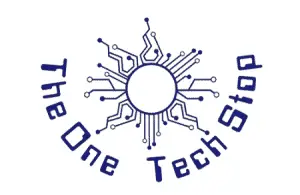We all know that tablets come with their own displays, which are simply the right size for them. However, there might be times when you might want to use a bigger display especially if you are watching videos or movies through your tablet. So, in that case, can you actually connect your tablet to a monitor if you want to use a bigger display?
You can connect a tablet to a monitor. For iPads, you can use a cable adapter that has an HDMI port. You can also connect to your monitor or TV via Apple TV. Meanwhile, for an Android tablet, you can use an HDMI to micro-USB cable or an HDMI to USB-C cable, or Google Chromecast to connect it to a monitor.
While it does sound like it’s pretty easy to connect a tablet to a monitor, it really isn’t always that easy because of how there are some tablets that tend to be choosy when it comes to the cable that they will accept. As such, it should be a good idea for you to read more of this article to know which cables you should be using when connecting your tablet to your monitor.
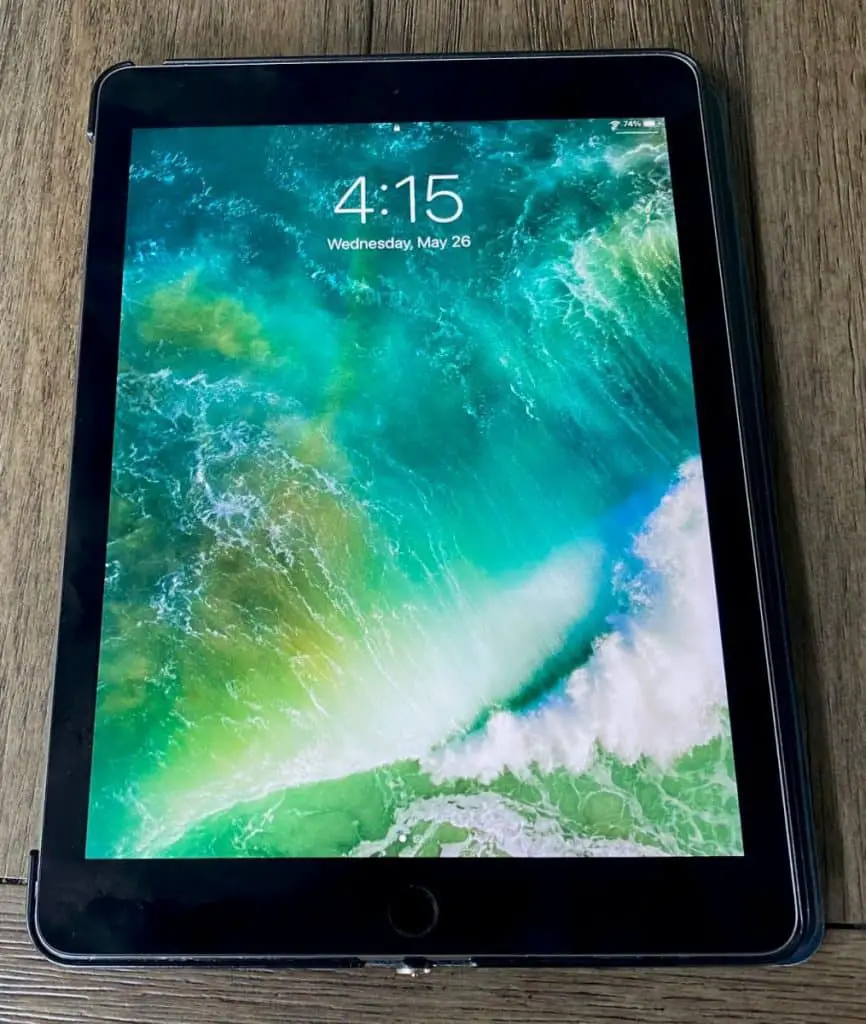
Can you connect your tablet to a monitor?
The tablet is one of the best devices we have in today’s modern world. It’s because the tablet is basically a good blend between size, performance, and portability as it comes with the same functions that smartphones have but has a size that is similar to that of a laptop. In that sense, there are now more people using their tablets for whatever purpose they see fit such as for working or for entertainment.
In line with how many people are now using tablets for a wide variety of different purposes, the tablet’s screen size is usually already good enough for whatever a person is using a tablet for. While the screen might not be as big as the ones you see in most laptops, tablets are already pretty big for you to perform all sorts of different daily tasks such as word processing and even watching movies.
Then again, you might want to have a bigger screen size in case the 9 to 12-inch tablet screen isn’t enough for you. With that said, can you actually connect your tablet to a monitor if you want to reflect your tablet’s display to that of a monitor’s so that you can have a bigger display?
The good news here is that, yes, you can actually connect a tablet to a monitor just as how you are able to connect your laptop to a larger display such as a television or a monitor. And, in most cases, it involves having to use the monitor’s HDMI connectivity to make the connection happen. So, if you want to make use of your monitor’s larger screen size while using your tablet for work or entertainment purposes, you might want to learn how to connect your tablet to a monitor.
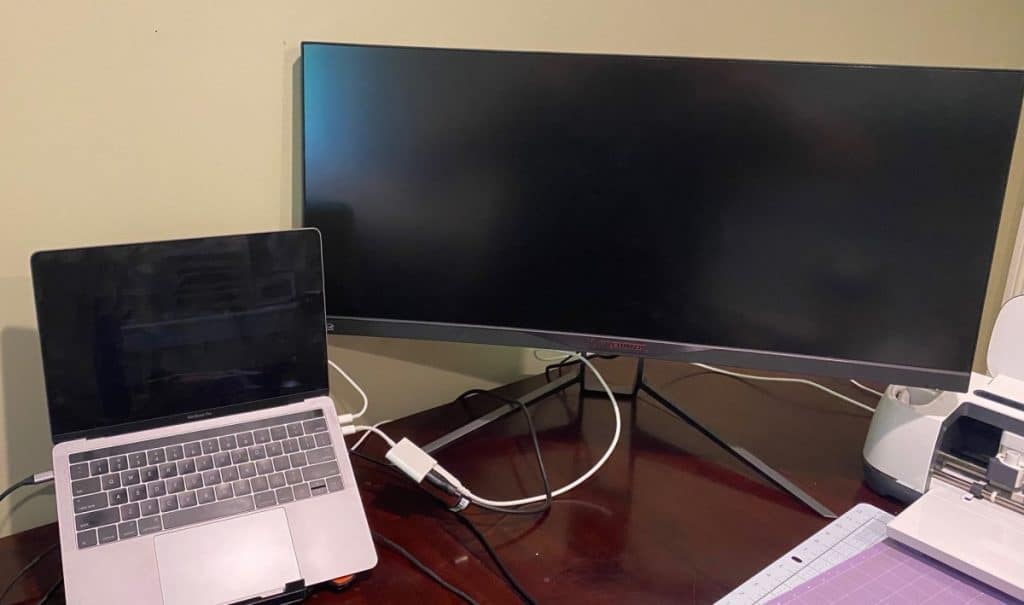
How can you connect a tablet to a monitor?
Now that we have established that you can connect your tablet to a monitor, let us now look at the different ways you can do so depending on the type of tablet you have and on the type of connection you want to establish.
Apple iPad
The Apple iPad remains to be the undoubted leader of the tablet industry as no other tablet has ever come close to its command over the market. Today, there are more people who opt to use iPads rather than the tablets of other companies specifically because iPads have always been regarded as the best the industry has to offer. So, with that said, you probably own an iPad and you are looking for ways to connect it to a monitor or TV. Here is how you can do so:
- Wired connection
Using a wired connection involves making use of your monitor’s HDMI connectivity. Of course, because we are talking about a wired connection here, you should have an HDMI cable with you so that you can connect your iPad to a monitor or a TV via the HDMI port found on the display.
The problem here is that iPads do not have an HDMI port and only come with one connection port, which is a lighting port or a USB-C if you have an iPad Pro. That’s why, when you want to connect to a monitor or TV using an HDMI cable, you need to use a lighting or a USB-C adapter with an HDMI port. You can easily purchase the necessary adapter from Apple.
Once you have secured the necessary adapter that you need to connect your iPad to a monitor, here are the things you need to do:
- Plug the USB-C display AV adapter or lighting AV adapter into the charging port found in your iPad.
- After that, connect the HDMI cable to the HDMI port found on the adapter.
- Once you have done so, connect the other end of the HDMI cable to the display you have chosen such as a TV, monitor, or projector.
- From there, you need to switch to the correct video source on your monitor or TV to display the iPad’s interface on it. Once you have done so, you should be able to see your iPad’s display on the monitor or TV.
- If the display still doesn’t work or turns on after connecting it to your iPad, you may need to unplug it from the device and plug it back in as many times as possible until it works. If that doesn’t work, try unplugging the display from its power source and plug it back again to basically reset it.
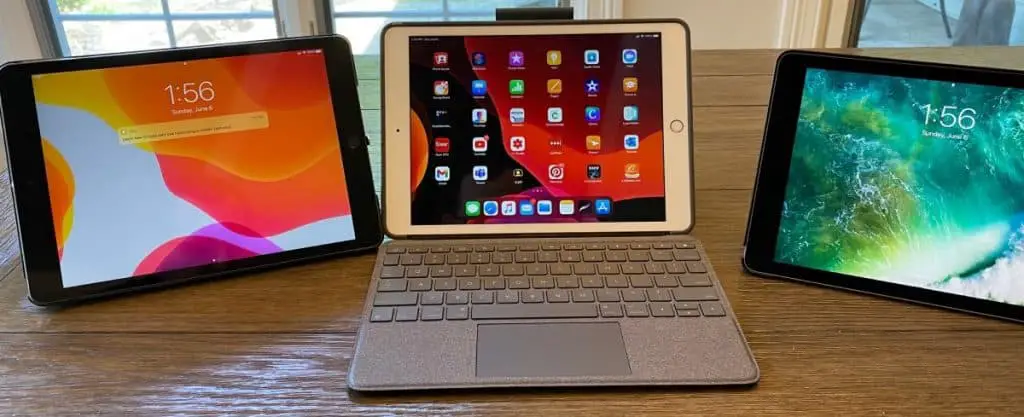
- Apple TV
You can also use a wireless connection between your iPad and your monitor or TV if you already own an Apple TV box at home. And doing so is very easy as you don’t need to do a lot of things to make it happen. Here is how you do it:
Connect your Apple TV box to the monitor or TV via an HDMI cable.
- Turn on the Apple TV box while it is connecting to the monitor or TV. Make sure that you switch to the right source on your display such that it should be displaying your Apple TV’s interface.
- On your iPad, swipe down from the top right corner of your display to show the iPad’s Control Center.
- In the Control Center look for the icon with two screens where one is overlapping the other. This is the screen mirroring option.
- Tap on screen mirroring and it should show all of the available devices that you can connect to via AirPlay. This should show your Apple TV in the devices listed.
- Tap on your Apple TV so that your iPad should now be displaying its interface on your monitor or TV via your Apple TV box through AirPlay.
Remember here that you are using a wireless connection, which should experience some latency and delays. As such, we do not recommend that you edit documents through AirPlay because of the delay in the input and the output. But this should be good for presentations or for entertainment purposes.
Android tablets
While Android tablets are not as popular as the iPads that Apple manufacturers, they still hold a good portion of the market when you add up all of the different tablets that run on Android. Specifically, Samsung and Lenovo are doing pretty well in the tablet department even though they aren’t selling as many units as Apple does. Still, if you do have an Android tablet, here is how you can connect it to your monitor or TV:
- Wired connection
Using a wired connection to connect your Android tablet to your monitor or TV is similar to how you would do it with an iPad. That means that you would need a specific adapter with an HDMI port on it so that you can use your HDMI cable to pair the two devices. However, Android tablets may have different HDMI adapters.
In most cases, Android tablets may still be using a micro-USB port, which should require an adapter that specifically caters to micro-USB ports. The good news is that there are HDMI to micro-USB cables out there so that you no longer have to buy an adapter. However, because most of the newer ones are now using USB-C, you may be able to use the same kind of USB-C AV adapter that you can use for an iPad Pro. Just make sure that you secure the right AV adapter for your Android tablet so that you can connect it to a monitor or TV via an HDMI cable.
Another thing that you need to make sure of is that your tablet supports mobile high-definition links or MHL. Most of the newer tablets should support MHL. Once you have secured the corresponding AV adapter or HDMI cable, here is how you can connect your tablet and your monitor:
- Plug the HDMI to micro-USB cable into your tablet.
- In the alternative, plug the USB-C AV adapter into the USB-C port found on your tablet. Plugin the HDMI cable in the AV adapter’s HDMI port.
- Once you have done any of the above, connect the other end of the HDMI cable to the display you have chosen such as a TV, monitor, or projector.
- From there, you need to switch to the correct video source on your monitor or TV to display the tablet’s interface on it. Once you have done so, you should be able to see your tablet’s display on the monitor or TV.
- If the display still doesn’t work or turn on after connecting it to your tablet, you may need to unplug it from the device and plug it back in as many times as possible until it works. If that doesn’t work, try unplugging the display from its power source and plug it back again to basically reset it.
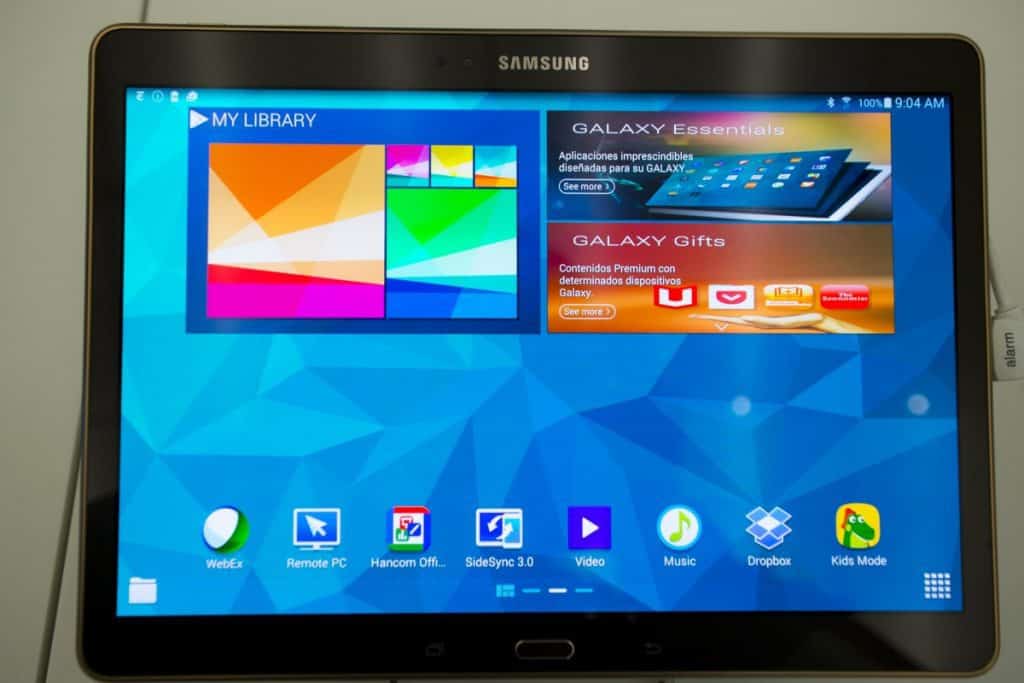
- Google Chromecast
Google Chromecast is Android’s counterpart to the Apple TV. It basically works in the same way in the sense that it turns your TV into a TV that is capable of streaming videos by making use of Chromecast. You can also use Chromecast to connect an Android device to your monitor or TV in the same way as an iPad is able to connect to an external display using Apple TV. Here is how you can do it:
- Plugin your Google Chromecast device into your monitor or TV using an HDMI cable. Make sure that that USB power cable is plugged into a power source and that the Chromecast device is actually turned on. Also, see to it that you have already set up your Chromecast.
- On your tablet, download the Google Home app. Allow it to install on your tablet in the usual way.
- After the installation is complete, open the Google Home app on your tablet.
- Look for the device that you want to cast your tablet’s display to. If the Chromecast is turned on, it should be detected by your tablet.
- Choose your Chromecast device and then tap Cast my screen. This should allow your Chromecast to display your tablet’s interface on the monitor or TV it is connected to.
Again, because wireless connections do experience latency, we do not recommend that you use this method when you are editing documents due to the delay between your iPad and the monitor. However, it should still work well enough if you are merely using the monitor for entertainment or for presentations.
What are the advantages of connecting a tablet to a monitor?
So, now that you know how to connect your tablet to a monitor, what are the advantages of doing so and why would you even do this?
First off, connecting a tablet to a monitor can be a good way for you to have a bigger screen if you prefer working or watching videos or movies on a bigger display. It can also be useful to have multiple displays for work if you want to multi-task.
Second, having a second display that you can use for your tablet can be great for presentations. So, if you are giving a sales pitch for work or if you are a professor using presentations for your class, being able to use your monitor as a second display or as an extension of your tablet’s display can be a good way for you to make your presentations more interactive instead of relying on your tablet’s smaller screen.
That said, just think of your tablet as something that’s similar to your laptop if you are wondering why you might want to connect it to a monitor. The same reasons why you would want to connect a laptop to a larger screen should apply to a tablet as well.
